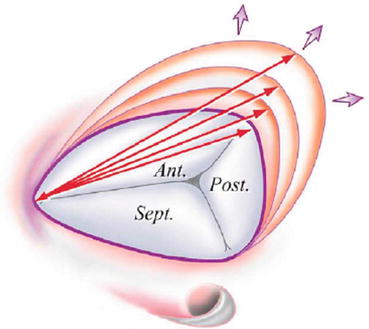
The causes of heart valve damage vary depending on the type of disease present, and may include the following:Ĭhanges in the heart valve structure due to aging Symptoms of heart valve disease may look like other medical problems. Low or high blood pressure, depending on which valve disease is presentĪbdominal pain due to an enlarged liver (if there is tricuspid valve malfunction) Palpitations caused by irregular heartbeats These are the most common symptoms of heart valve disease: Mild to moderate heart valve disease may not cause any symptoms. What are the symptoms of heart valve disease? Heart valve problems are one cause of heart failure. When heart valves fail to open and close properly, the effects on the heart can be serious, possibly hampering the heart's ability to pump enough blood through the body. Also, more than one heart valve can be affected at the same time. Heart valves can develop both regurgitation and stenosis at the same time. The heart is forced to pump blood with increased force to move blood through the narrowed or stiff (stenotic) valve(s). When the valve(s) opening becomes narrowed, it limits the flow of blood out of the ventricles or atria.

This reduces forward blood flow and can lead to volume overload in the heart. When the valve(s) do not close completely, it causes blood to flow backward through the valve. Heart valve disorders can arise from 2 main types of problems: The mitral and tricuspid valves then open to allow forward blood flow within the heart to fill the ventricles again. The aortic and pulmonic valves close preventing backward blood flow into the heart. At the same time, the aortic and pulmonic valves open to let blood be pumped out of the heart. This closes the mitral and tricuspid valves preventing back blood flow. Blood is then pumped into the ventricles. This pushes open the mitral and tricuspid valves. The left and right atrium contract once they are filled with blood.

The following is a step-by-step explanation of blood flow through the heart. Located between the left ventricle and the aorta.Īs the heart muscle contracts and relaxes, the valves open and close, letting blood flow into the ventricles and out to the body at alternate times. Located between the left atrium and the left ventricle.Īortic valve. Located between the right ventricle and the pulmonary artery. Located between the right atrium and the right ventricle. The 4 heart valves include the following: They act as one-way inlets of blood on one side of a ventricle and one-way outlets of blood on the other side of a ventricle. The valves prevent the backward flow of blood.

Blood passes through a valve as it leaves each chamber of the heart. The heart consists of 4 chambers-2 atria (upper chambers) and 2 ventricles (lower chambers).


 0 kommentar(er)
0 kommentar(er)
